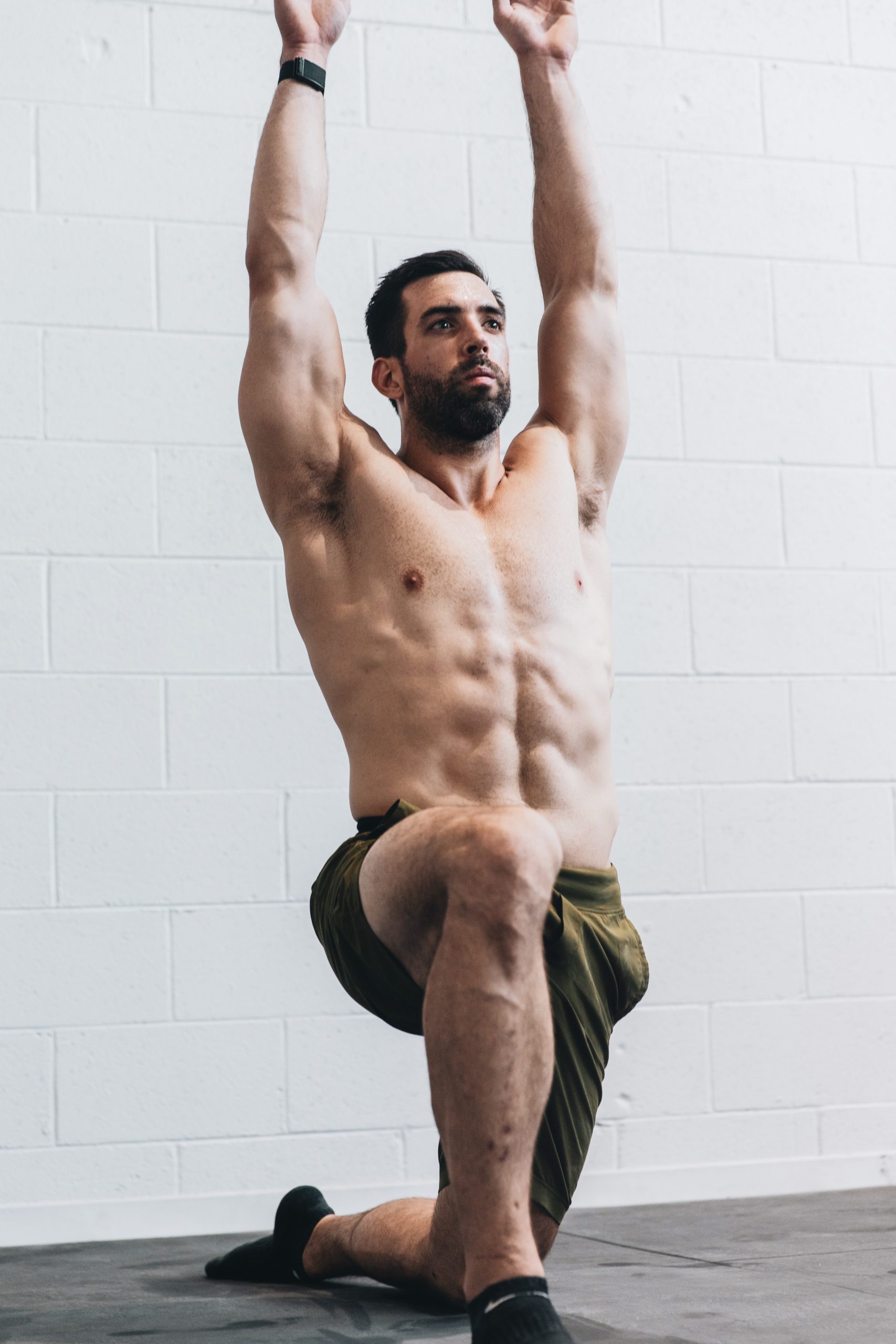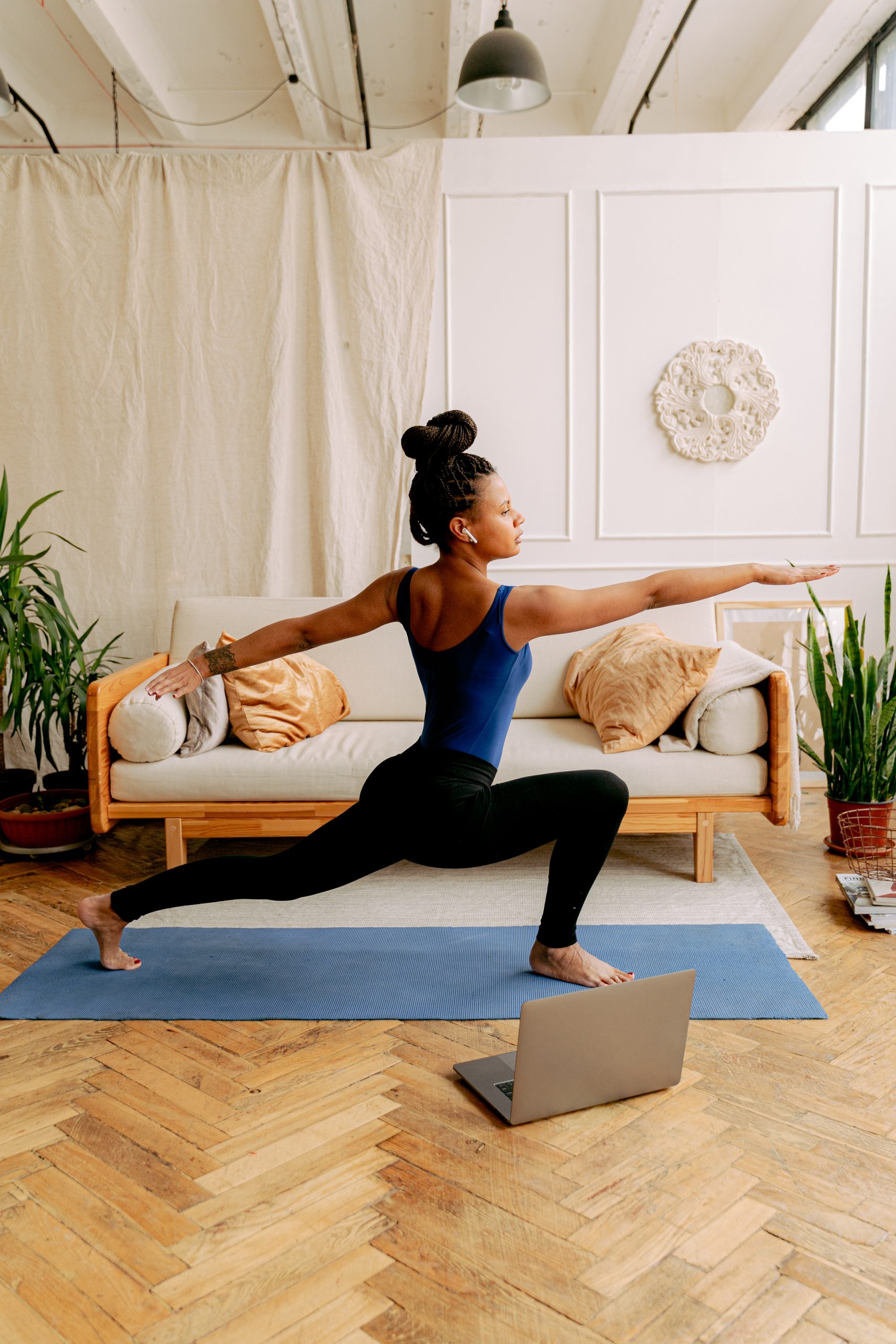Foundations
YOGA
Yoga means union. It is India’s gift to the world. Why is it needed today globally and more relevant than ever? There is more to this ancient science than just moving around and twisting body parts.
Yoga is a practice (over 5000 years old) that originated in ancient India. Not only is it a mind and body practice, but it is also a way of being. It involves movement, breathing techniques, and postures to promote physical and mental well-being and combines spiritual practices and disciplines. It was originally practiced as a form of healing. While meditation is a branch of Yoga it has been given its own section due to its importance.
In its core essence, Yoga can be split into 4 paths. Karma yoga (taking action or physical action), Bhakti yoga (devotion or emotions), Gnana yoga (knowledge/wisdom or intelligence), and Kriya yoga (inner action or energies). At any given moment in everybody’s life – willingly or unwillingly they are performing one of these 4 paths of yoga. For example, you could be taking the dogs for a walk (karma yoga). Or praying at home/church/mosque/temple (bhakti yoga). Studying for an exam or reading books (gnana yoga). Or if you have been initiated into some form of Kriya yoga practice then you are likely working with your energies or performing some other kind of inner action.
Yoga is a science by itself and there is a whole world to explore not to mention the numerous benefits. I have listed some of the morning practices that I find very useful to get me through the day.

“Yoga is not just an exercise. It is a process and system through which human beings can find their highest possible potential.” – Sadhguru

The above video is an example of Upa Yoga (pre-yoga) courtesy of the Isha Foundation. I find the hand movements practice to be very helpful in lubricating the joints and giving me a sense of fluidity and ease once I complete the directional movements. It also helps relieve physical stress, tiredness and strengthens the joints and muscles. It’s especially useful to do this after lying down for long periods of rest or sleep. Also, I find it combats the effects of jetlag and long travel by rejuvenating the body.
Overall, the purpose of me doing yoga is so I can keep my mind and body flexible as I get older. Furthermore, research has shown that yoga extends your life for those who do it regularly. There is a myriad of other benefits.
The next video is another example of Upa Yoga – the neck practices. This set of practices enhances vitality, focus, memory, and productivity, stabilises the body, mind, and emotions. It also strengthens and stabilises the spine, and can relieve back pain, stress, anxiety, and tension. It can also provide relief from chronic ailments and improves overall health. It also imparts a lasting sense of joy, peace and fulfillment.
So after completing Upa Yoga – hand movements and neck practices on an empty stomach, my morning routine continues with one form of pranayama (breath exercise) to stop the mental chatter and calm the nervous system, reducing stress and anxiety. Breathing exercises are an important part of yoga and the form of pranayama that I do is called Nadi Shuddhi (a form of alternate nostril breathing). Aside from cleansing the nadis, it helps balance the right and left sides of the brain, strengthens the lungs, stills the mind, and improves blood circulation to name some of the benefits. See the video below for instructions on how to do Nadi Shuddhi.
“Yoga is like music. The rhythm of the body, the melody of the mind, and the harmony of the soul create the symphony of life.” – BKS Lyengar
Aside from Nadi Shuddhi, there is a range of other Pranayama exercises that one can do. Click here to find out more. However, due to time constraints of the day – I just stick to Nadi Shuddhi and move on to other forms of yoga and then meditation. Click below to find out more about the second part of my morning routine.
